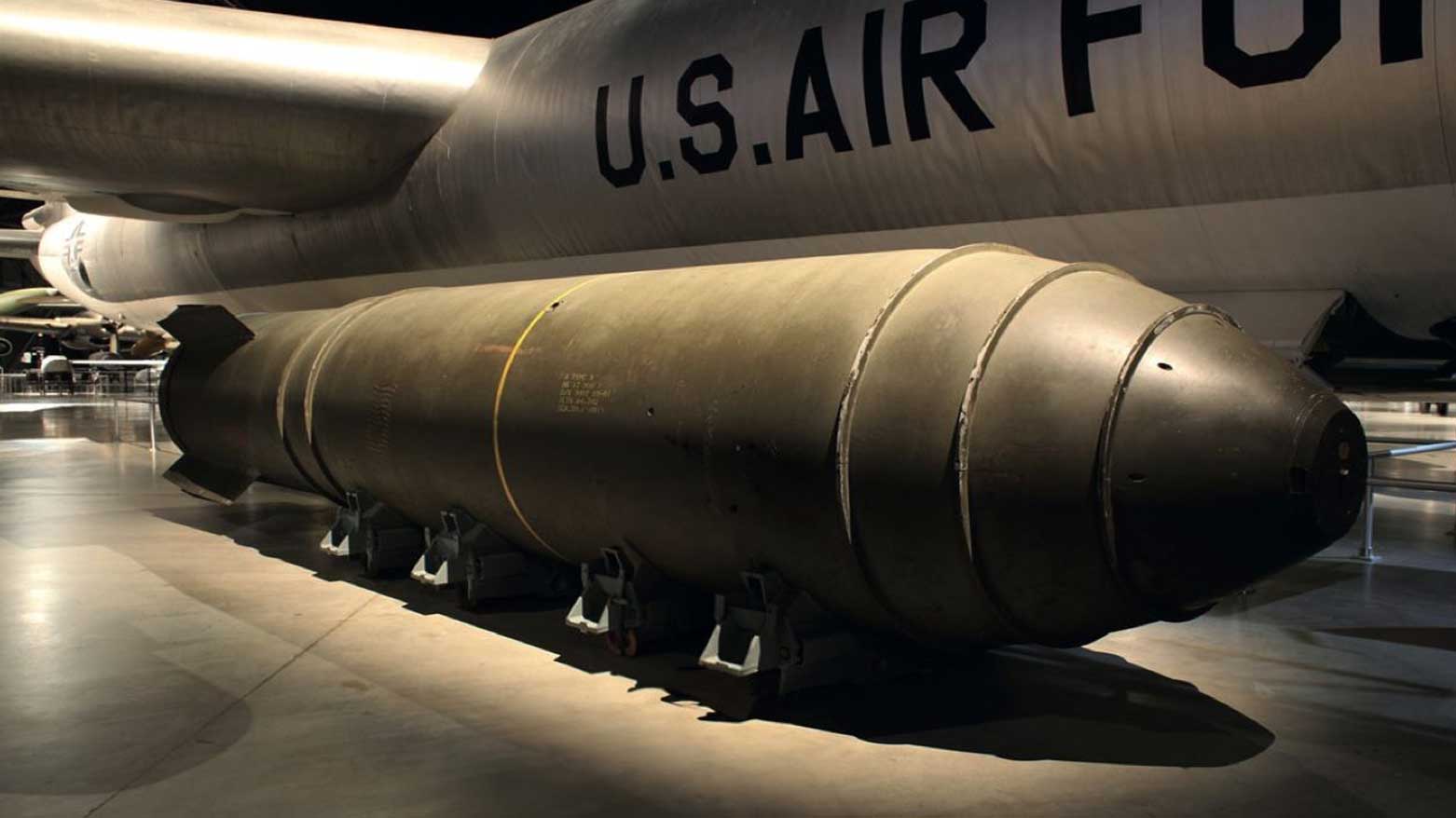US, Russia, and China in Nuclear Arms Spotlight as Trump Announces New Testing Plans
Global nuclear tensions rise as the US plans new tests, Russia unveils advanced weapons, and China urges adherence to testing bans.

ERBIL (Kurdistan24) — The global nuclear landscape faces renewed tension after US President Donald Trump announced plans to resume nuclear weapons testing, while Russia successfully tested a new nuclear-capable underwater drone, and China urged Washington to adhere to international testing bans.
In a post on his social media platform Truth Social, Trump stated that the United States possesses more nuclear weapons than any other country, thanks to a comprehensive update and renovation of existing systems during his first term in office.
“Because of the tremendous destructive power, I HATED to do it, but had no choice!” Trump wrote. He also warned that China, currently the third-largest nuclear power, could catch up with the US within five years.
“I have instructed the Department of War to start testing our Nuclear Weapons on an equal basis. That process will begin immediately,” he added.
— Rapid Response 47 (@RapidResponse47) October 30, 2025
Trump’s comments come amid Russia’s latest nuclear developments. President Vladimir Putin confirmed on Wednesday that Russia successfully tested a nuclear-capable, nuclear-powered underwater drone, known as Poseidon, just days after a previous test of the Burevestnik cruise missile.
Speaking at a military hospital in Russia, Putin claimed the Poseidon drone can operate at depths of over one kilometre, travel at speeds up to 70 knots, and carry nuclear warheads of up to two megatons.
According to Russian officials, the device is virtually undetectable and can reach any continent in the world. “These tests demonstrate capabilities that no other country currently possesses,” Putin said, asserting that no equivalent system is expected to appear soon.
Trump responded by urging Putin to prioritize ending the war in Ukraine. “He ought to get the war in Ukraine ended. A war that should have taken one week is now soon in its fourth year.
That's what he ought to do instead of testing missiles,” the US president said. The move comes after Trump canceled a planned summit with Putin in Budapest, citing Moscow’s unwillingness to compromise in peace negotiations.
Last week, Washington also imposed sanctions on Russia’s two largest oil companies amid stalled talks.
China reacted to Trump’s announcement by calling on the United States to comply with international nuclear testing obligations.
Foreign ministry spokesman Guo Jiakun said Beijing “hopes the United States will earnestly abide by the obligations of the comprehensive nuclear-test-ban treaty and its commitment to a ban on nuclear testing,” emphasizing the need to maintain global strategic balance and stability.
First revealed by Putin in 2018, the Burevestnik cruise missile and Poseidon underwater drone are part of Russia’s advanced nuclear weapons development, underscoring a continued escalation of global nuclear capabilities amid geopolitical tensions.
The United States, Russia, and China are the three largest nuclear powers, each with unique capabilities and strategic doctrines. The US currently maintains the largest stockpile of nuclear warheads, modernized during Trump's first term in office.
Russia, meanwhile, has invested heavily in advanced nuclear systems, including hypersonic missiles, the Burevestnik cruise missile, and the Poseidon nuclear-powered underwater drone, aiming to circumvent conventional missile defenses.
China, rapidly expanding its nuclear arsenal, remains comparatively smaller but is projected to grow significantly in the coming decade, raising concerns about a future tripolar nuclear arms race.
International treaties, notably the Comprehensive Nuclear-Test-Ban Treaty (CTBT) and the New START treaty between the US and Russia, have historically limited nuclear testing and proliferation. However, recent announcements of renewed testing and advanced weapons development signal rising geopolitical tensions.
These developments increase the risk of miscalculations and could trigger a new wave of nuclear competition, undermining global nonproliferation norms.
The backdrop of the ongoing Russia-Ukraine conflict further complicates the situation, as Western sanctions and diplomatic tensions push nuclear-capable states to demonstrate strategic deterrence and project power.
